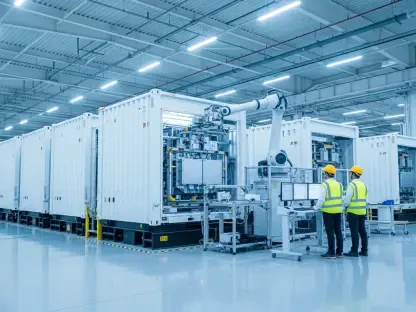Recent comments by Don Moul, CEO of the Tennessee Valley Authority (TVA), have reignited national debate regarding the future of coal-fired power plants amidst ongoing climate concerns. Moul’s suggestion that TVA might extend the operation of its coal plants past their initially planned 2035 shutdown date has put a spotlight on TVA’s energy strategy. Historically, the utility had planned to phase out coal power, aligning with earlier federal ambitions toward a carbon-neutral power grid. However, Moul has cited unprecedented increases in electricity demand, particularly from artificial intelligence data centers, as a key driver for reassessing TVA’s previous strategy.
TVA’s Coal Plant Decisions in Detail
Moul’s remarks suggest that, due to heightened power demands, the Shawnee and Gallatin coal plants could continue their operations if favorable regulatory conditions exist. Conversely, the Kingston and Cumberland facilities face stricter legislative challenges, making their ongoing functionality more complex. This shift arrives amid recent executive orders supporting coal energy, which have influenced TVA’s re-evaluation, highlighting a possible pivot from earlier plans to transition to cleaner energy by retiring these coal plants.
The reconsideration has caused concern among environmental groups like the Sierra Club and the Center for Biological Diversity. These organizations argue that extending coal plant lifespans is regressive and undermines efforts to tackle climate change. They advocate for investment in sustainable energy sources, emphasizing the necessity for cleaner energy alternatives over prolonging outdated coal technology.
Reactions from Stakeholders and Community Engagement
Throughout the debate, a range of stakeholders, including industry representatives and environmental advocates, has weighed in on TVA’s potential energy policy shift. Panel discussions have highlighted differing perspectives, with proponents of the extension viewing coal as an interim solution to meet growing electricity needs. In contrast, opponents highlight its long-term sustainability issues. Furthermore, TVA has engaged local communities through workshops designed to educate the public about these developments and garner input. These sessions have fostered a supportive dialogue about the impact of energy decisions on local ecosystems and economies.
Technological innovation in coal power has been spotlighted as a potential mitigating factor for environmental concerns. Recent demonstrations by TVA have introduced advanced coal technologies that aim to reduce emissions while ensuring a reliable energy supply. These innovations present a possible pathway for TVA to balance its immediate energy requirements with environmental responsibilities.
Analyzing the Event’s Impact on Future Energy Policies
The unfolding developments in TVA’s coal plant strategy provide a snapshot of broader energy policy challenges in the United States. This re-evaluation reflects an ongoing tension between immediate energy needs and the pursuit of sustainable energy goals. The situation underscores the complexities of transitioning to greener practices while maintaining economic stability and energy reliability. As TVA continues this deliberation, the outcome may significantly influence regional and national energy landscapes. While the final decision remains pending, understanding evolving demands and environmental goals is crucial for charting a balanced and informed energy future.









